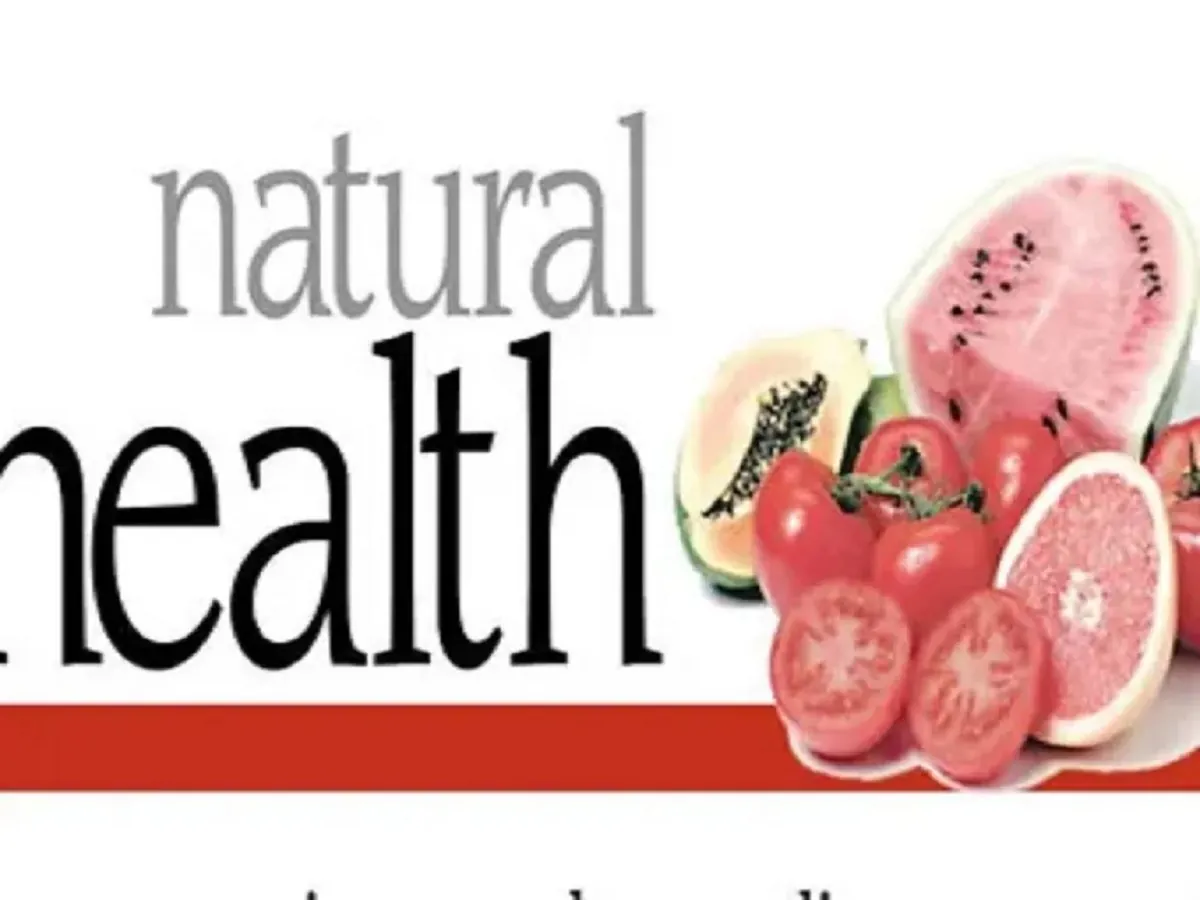Copyright tribuneonlineng

SICKLE cell disease is a disease that affects people across the world. This disease affects a wide range of nations and ethnic groups. It is a genetic disorder that results from receiving the sickle cell haemoglobin genes from both parents and is characterised by periods of excruciating agony. Patients with sickle cell disease had no particular treatment prior to the 1970s, but later research revealed that patients with higher levels of foetal haemoglobin (HbF) in red blood cells had fewer unfavourable clinical sequelae. Since 1998, the US Food and Drug Administration has authorised the use of hydroxyurea to treat sickle cell patients who frequently experience severe crises. Additionally, hydroxyurea was approved by the European Medicines Agency in 2007 to treat sickle cell disease. For example, hydroxyurea has been demonstrated to significantly increase the production of foetal haemoglobin in sickle cell anaemia patients, thereby reducing the incidence and severity of sickle cell crises. Nevertheless, a subsequent study has demonstrated that the medication is both effective and well-liked by patients. Although hydroxyurea is widely used, it can be harmful, particularly if used for an extended period of time. Many studies have been conducted using locally available plant materials in an effort to find affordable, easily accessible, and effective drugs. In Nigeria and other African nations, the leaves of Terminalia catappa (tropical almond), lemongrass, Pigeon peas and Carica papaya (pawpaw) are commonly utilised as herbal remedies for a variety of ailments, including sickle cell disease. Among the others are leaves from Parquetina nigrescens, Citrus sinensis ( sweet orange), foliage from Persea Americana (avocado), and leaves from Zanthoxyllum zanthoxyloides (Senegal prickly-ash or Orinata). Common names for Parquetina nigrescens include African Parquetina, and local names from Nigeria and Ghana such as Ewe Ogbo (Yoruba), Kwankwanin (Hausa), Mgbidimgbe (Igbo), and Abakamo (Twi). In an investigation into whether bitter kola, ginger, and garlic aqueous extracts could stop red blood cells from altering form, researchers discovered that the plant extract combinations were more effective in anti-sickling tests than hydroxyurea, a common medication. The study, which was published in BMC Complementary Medicine and Therapies, involved Drs. M. O. Salawu, I. O. Abdulsalam, and H. O. B. Oloyede from the Department of Biochemistry, Faculty of Life Sciences, University of Ilorin, Ilorin, Kwara State, Nigeria. For the study, the researchers examine the anti-sickling properties of the combined aqueous extracts from bitter kola, ginger, and garlic on sickled red blood cells. The study assessed the extracts’ ability to inhibit sickle haemoglobin polymerization, promote sickling reversal, and evaluate the resistance of red blood cell membranes to hypotonic solutions. Blood samples were collected from confirmed sickle cell disease patients (5–16 years old) at the University of Ilorin Teaching Hospital, with ethical clearance and consent obtained. They create eight different treatment combinations of the three plant extracts at 1% and 2% concentrations. The plant extract combinations outperformed the conventional medication, hydroxyurea, in both sickling reversal and inhibitory tests. The percentages of sickled red blood cells decreased from 44.1% (reversal) and 51.2% (inhibitory) to 6.6% and 6.5%, respectively. The plant extracts significantly delayed sickle cell polymerization (p < 0.05) compared to the control drug (hydroxyurea) and normal saline. The study concluded that the combined aqueous extracts from bitter kola, ginger, and garlic successfully reversed sickled red blood cells in vitro, delayed the polymerization of sickled red blood cells, and stabilized red blood cell membranes. These findings suggest that the plant extract combinations hold promise as a potential herbal treatment for sickle cell anaemia, offering a viable alternative to existing synthetic drugs. According to a 2021 review, garlic, especially aged garlic extract (AGE), may be useful in treating sickle cell anaemia because of its antioxidant properties, ability to reduce complications, and potential as a supplemental treatment. A combination of AGE with vitamins C and E was also proposed to enhance its therapeutic effects, potentially improving patient outcomes during sickle cell crises. Bitter kola and ginger are two medicinal plants that have been explored for their potential benefits in managing sickle cell anaemia (SCA). Both plants possess bioactive compounds that may alleviate symptoms associated with this genetic disorder. Ginger is rich in polyphenols, which enhance iron absorption and may complement oral iron therapy for anaemia, a common complication in SCA patients. Its antioxidant effects reduce oxidative stress, a significant factor in SCA complications. It can also help with nausea, a symptom some people with sickle cell disease experience. Early studies suggest that ginger extract can increase the percentage of healthy red blood cells in a lab setting. Bitter kola is traditionally used in various African cultures for its medicinal properties, including its potential to improve blood circulation and reduce inflammation, which may benefit SCA patients. It contains compounds that mitigate some symptoms of SCA.



